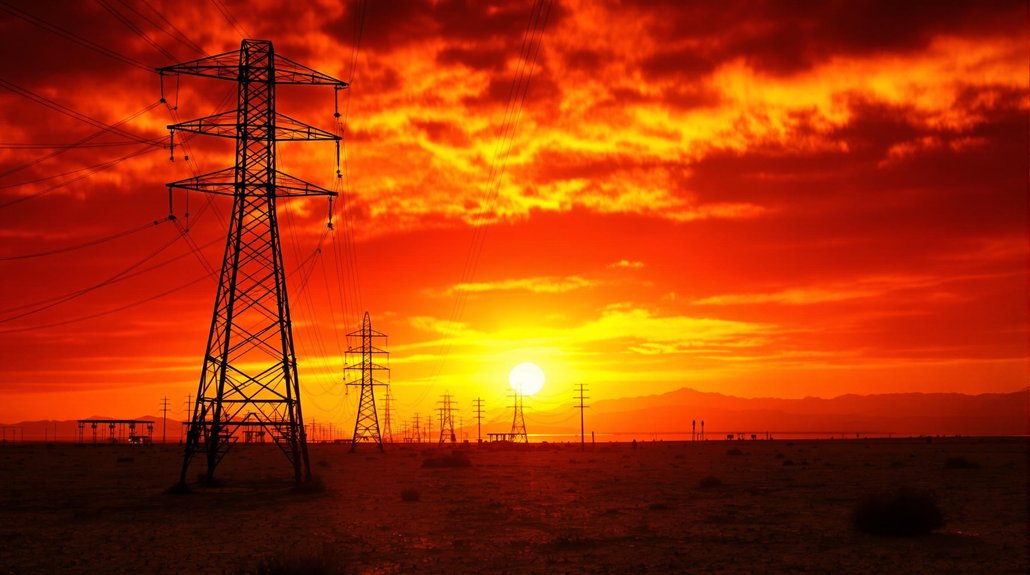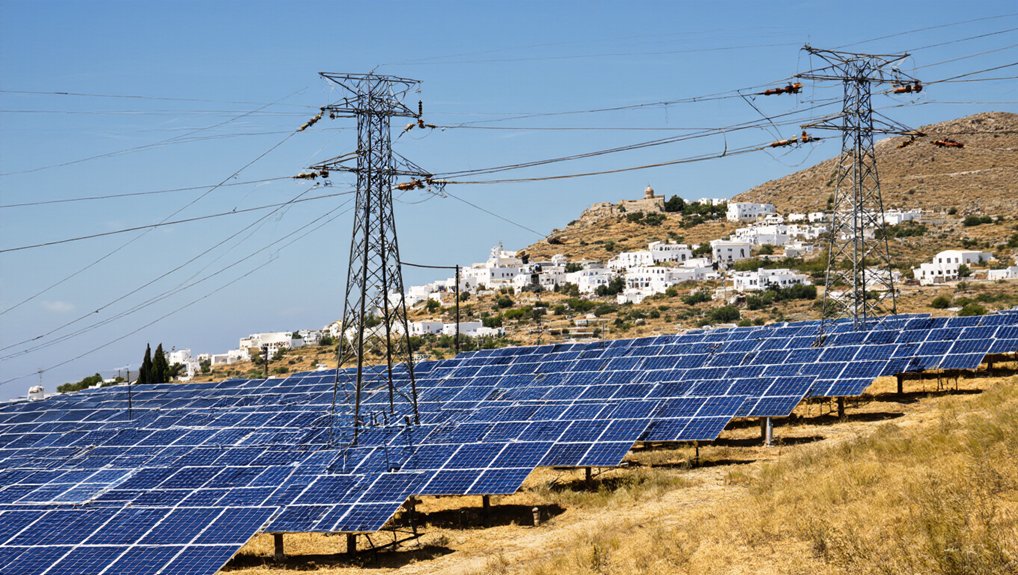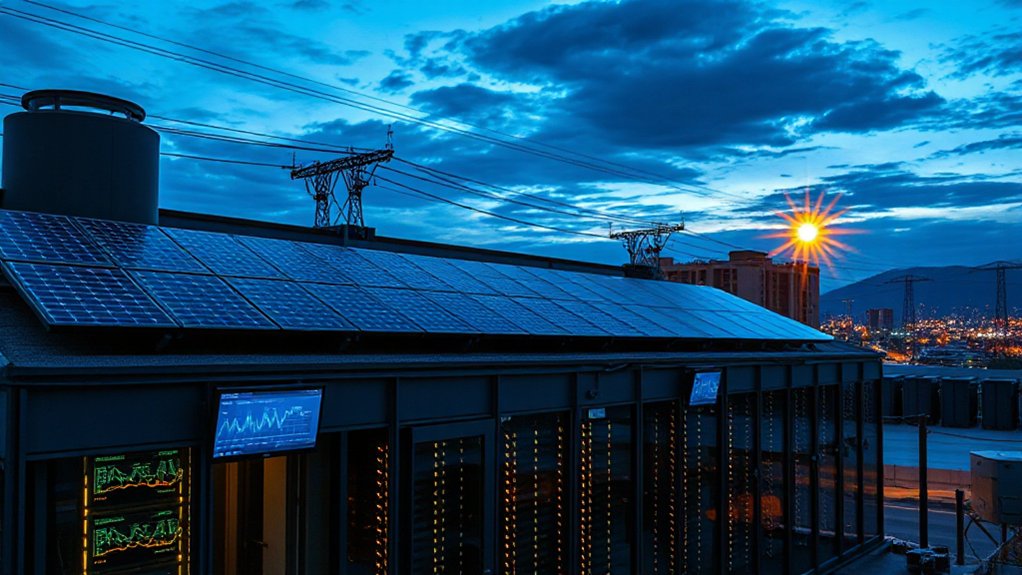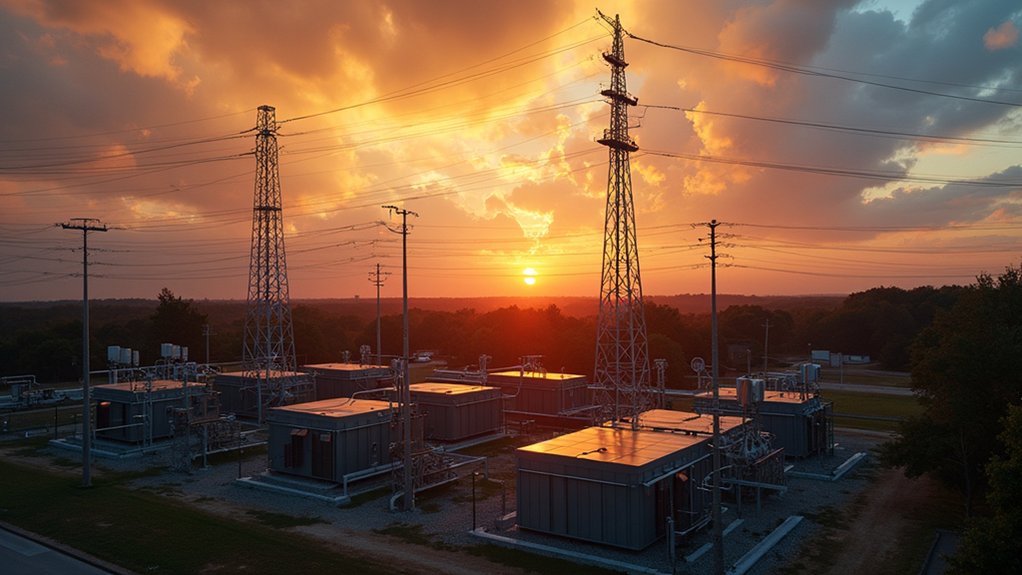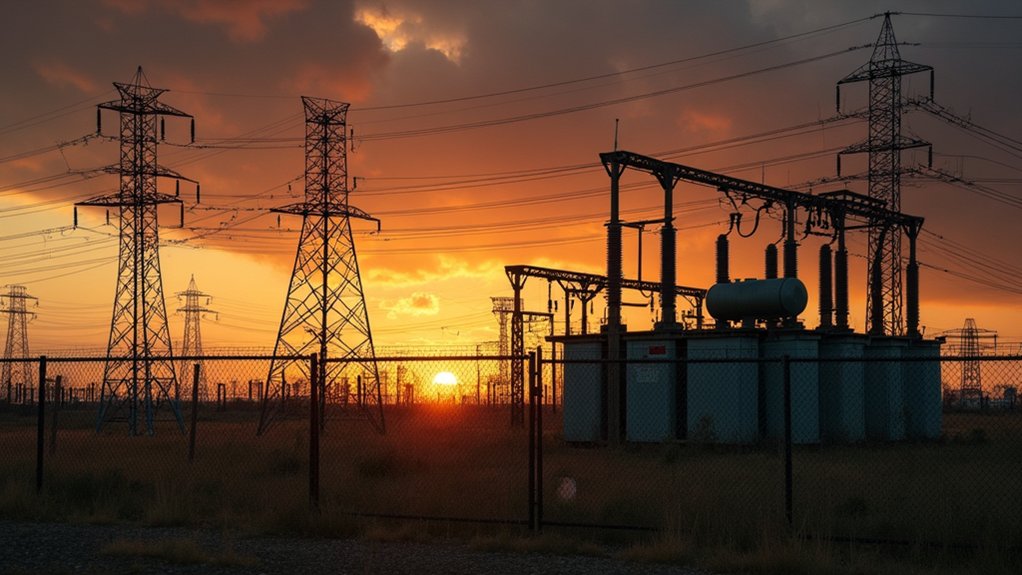While experts predicted a scorching summer for Arizona in 2025, nobody anticipated just how badly the state’s power grid would get pushed to its limits.
All three major utilities—APS, SRP, and TEP—shattered their peak demand forecasts as temperatures soared past 110°F across the state. So much for accurate planning.
APS took the cake, hitting an all-time record of 8,631 MW on August 7 between 5-6 p.m., when Phoenix baked at 118°F. Not to be outdone, they broke their own record three times in a single summer. Talk about overachieving.
APS shattered records like it was going out of style, with Phoenix residents suffering through triple-digit heat just to keep score.
SRP wasn’t far behind, reaching 8,542 MW on August 6, while TEP in Tucson maxed out at 2,502 MW on August 7 as temperatures there hit 112°F.
The numbers tell a clear story. APS exceeded their forecast by 140 MW, SRP by 106 MW, and TEP by 68 MW. Doesn’t sound like much? Think again. Each megawatt powers about 160 Arizona homes. Do the math.
This marks the third consecutive year of statewide peak demand records. No surprise there. Arizona’s population keeps growing, businesses keep coming, and summers keep getting hotter. Perfect storm, anyone?
The Arizona Corporation Commission is scrambling to keep up. Vice Chair Nick Myers emphasized the need for more power resources and conservation during peak periods. Sure, because turning up your AC to 80 degrees when it’s 118 outside sounds delightful.
The utilities aren’t exactly sitting idle. APS invests over $2 billion annually in system upgrades. The situation mirrors America’s broader energy evolution, where shale transformation has revolutionized production and efficiency across the sector. According to projections, Arizona residents will need approximately 13,000 MW capacity by 2038, representing a 60% increase from current demand levels.
With 1.4 million customers and system capacity of 10,111 MW, they’re running at about 85% during peaks. A balanced energy mix including nuclear, natural gas, solar, and energy storage helps the utilities maintain reliability during these extreme demand periods. SRP serves 1.1 million customers with 9,810 MW capacity, while TEP handles 738,000 customers with 2,834 MW.
The Commission has approved new generation projects, but one question remains: Will they be enough before next summer’s inevitable new records? History suggests we already know the answer.
References
- https://www.azcc.gov/news/home/2025/08/09/arizona-electric-utilities-set-record-high-demand–again–demand-soars-above-original-forecasts-for-2025
- https://www.aps.com/en/About/Our-Company/Newsroom/Articles/APS_Customers_Make_History_With_Record_Peak_Energy_Use_Three_Years_In_A_Row
- https://www.aps.com/en/About/Our-Company/Newsroom/Articles/APS_Customers_Set_New_All-Time_Record_For_Peak_Energy_Use
- https://www.utilitydive.com/news/arizona-aps-tep-srp-peak-demand-record/757395/
- https://azcc.gov/news/home/2025/07/11/for-the-third-year-in-a-row–arizona-electric-utilities-set-new-records-for-peak-energy-demand
